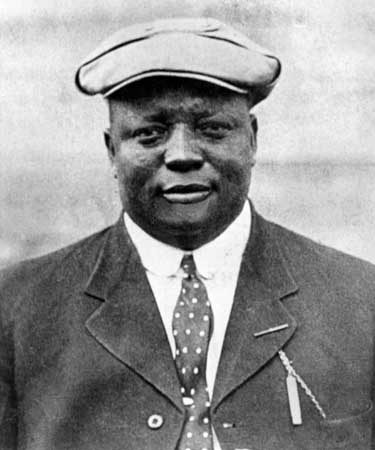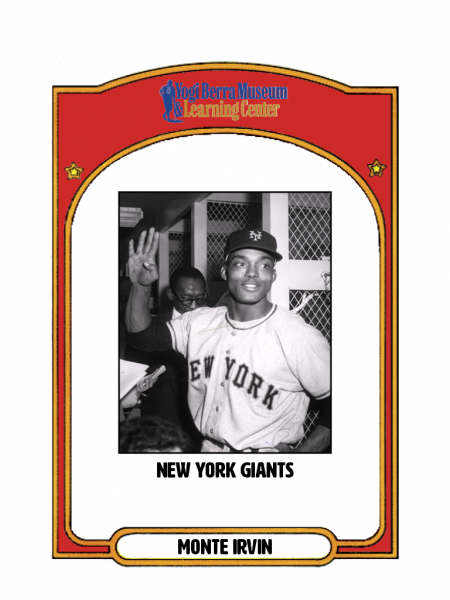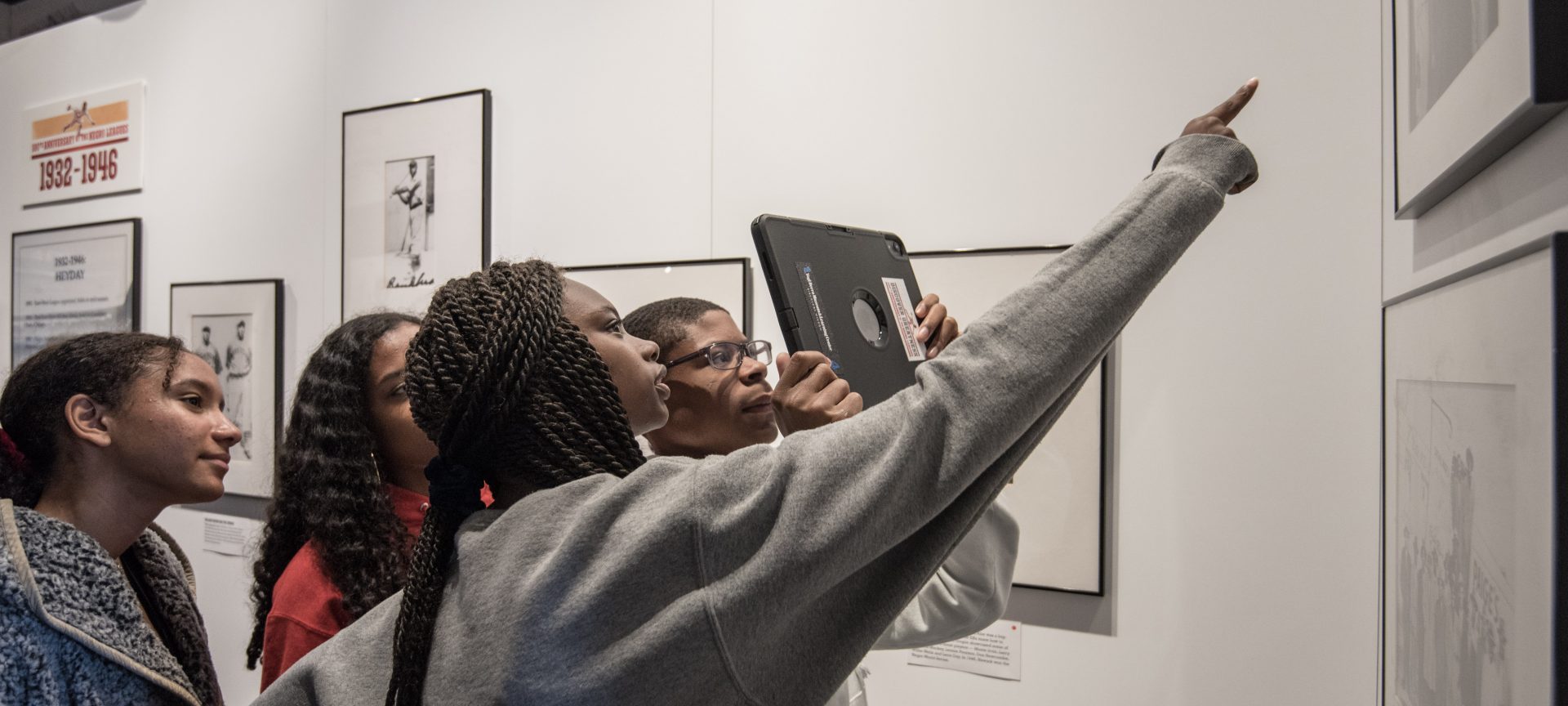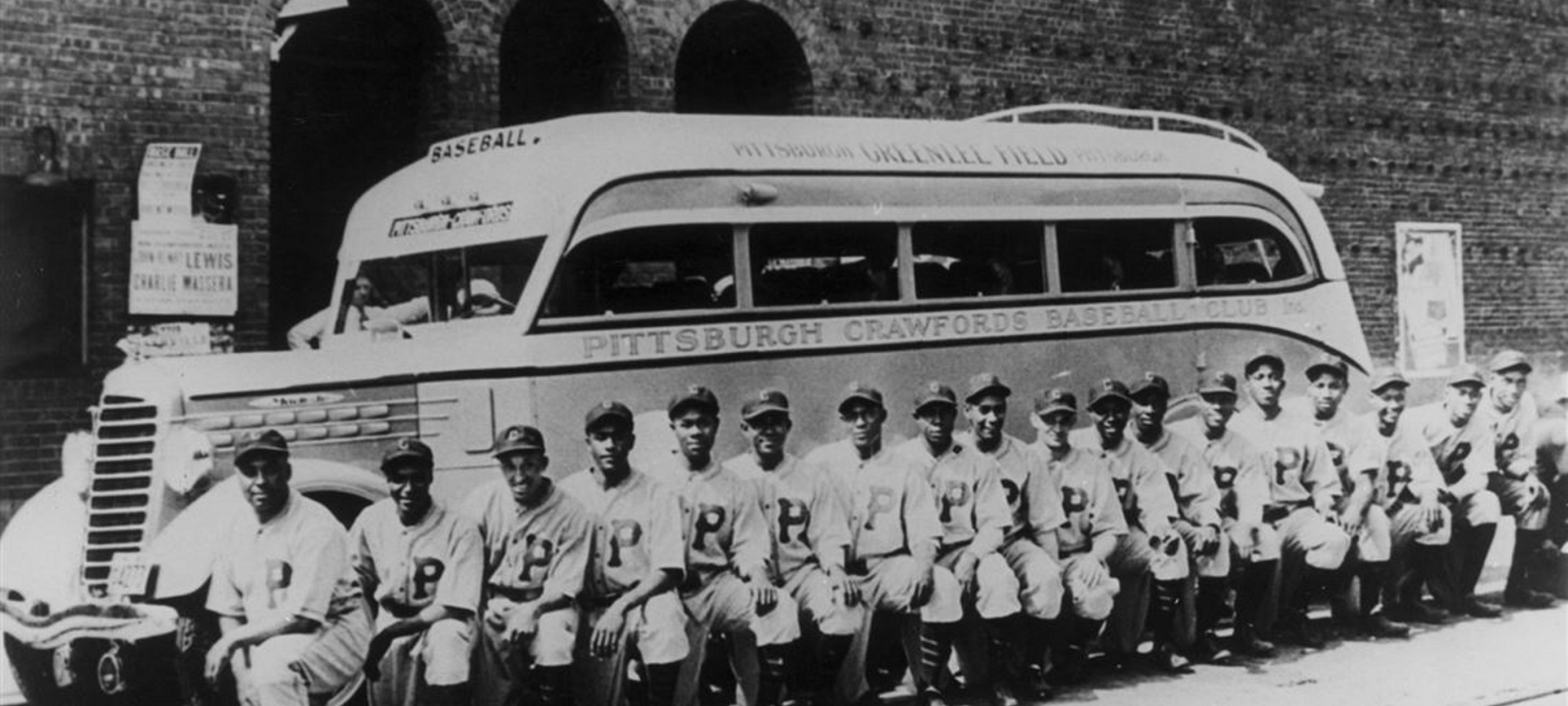Discovering the Negro Leagues
Neglected Heroes in a Racist System
Overview:
2020 marked the 100th anniversary of the Negro Leagues. This program for students (4th grade and up) explores the complex history and struggles of Black players in our national pastime, bringing to the fore historical concepts like Jim Crow and the Great Migration, as well as larger, ongoing issues of systemic racism and social injustice.
Objectives:
Students will:
- Explore the history of the Negro Leagues in the context of slavery, Jim Crow laws & The Great Migration
- Learn about trailblazing athletes of color who played before and after Jackie Robinson’s historic achievement
- Make connections between Yogi Berra’s baseball career and the careers of Negro League players
- Acquire an understanding of structural racism in baseball as a lasting effect of slavery
- Think critically about the connection between race and financial compensation
Key Terms:
Through hands-on activities and the use of technology, students will become familiar with such terms as structural racism, slavery, Jim Crow laws, the Great Migration, the “Gentleman’s Agreement,” color barrier and integration.
Part 1 – Slideshow about the Birth and Growth of the Negro Leagues
“These Negro associations give men like me a puncher’s chance. White baseball be damned.”
—Andrew “Rube” Foster, Chicago American Giants 1911-1917

Essential Questions:
- Why was Jackie Robinson significant in the history of our national pastime? (What does it mean to “break the color barrier”?)
- Why did millions of African Americans migrate from the South between 1915 and 1970?
- Were the Negro Leagues “good” or “bad” for Black baseball players?
- What was the “Gentleman’s Agreement” in baseball? Why is that name problematic?
- After Jackie broke the color barrier, how did Major League Baseball treat other Negro League players?
- Who were some of the trailblazing athletes of color to change the history of sports BEFORE and AFTER Jackie Robinson changed baseball forever?
Part 2 – Ken Burns “Baseball” Documentary
Part 3 – Making Connections
Objectives:
Students will:
- Compare Yogi Berra’s baseball career to the careers of Negro League players
- Consider how history has documented the stories of the Major Leagues in contrast to the Negro Leagues
- Discover stories of Negro League stars, their teams and their achievements
Identity Card Activity:
An engaging, immersive activity uses baseball cards and role play to illustrate the structural inequities prevalent in baseball in 1951, the height of Yogi’s era. The experience prompts discussion of the impact of systemic racism on athletes in the past, on athletes of today, and in the students’ own lives.
Essential Questions:
- What can you deduce from this activity when considering batting averages and salary? Were baseball players in 1951 paid according to their abilities?
- What do you notice about the salaries of female players and players of color?
- How do the differences in salary reflect a “systemic” injustice?
- What are some examples of systemic racism and gender bias in sports that exist today?
Objectives:
Students will:
- Understand the basic math of baseball batting averages
- Consider systemic inequities in the relationship between race, gender, performance and compensation
- Think critically about how systemic racism, white supremacy and gender bias in sports continue today.

What Teachers Are Saying
“I thought the experience of the History of the Negro Leagues was outstanding! What my students took away from the program was a deepened appreciation of the rich history of the league as well as an understanding of how social issues in the United States were reflected through the lens of baseball. Such an amazing experience!”
– 10th grade teacher, Teaneck High School
“We study Jackie Robinson, his relevance in history and the Negro Baseball League, therefore this was completely relevant and appropriate for our students. It was a very informative, interactive and relevant presentation. Staff was attentive and welcoming!”
– 5th Grade Teacher, Stephen J. Gerace Elementary, Pequannock
This program satisfies the NJ Department of Education requirements for the Amistad Law. Read more about this law here.
NJ State Standards
HISTORY/SOCIAL STUDIES, GRADE 6-8
Integrate visual information (e.g., in charts, graphs, photographs, videos, or maps) with other information in print and digital texts.
D1.2.3-5. ELA, GRADE 5
Identify disciplinary concepts and ideas associated with a compelling question that are open to different interpretations.
ELA-LITERACY.SL.9-10.1.C10. SPEAKING & LISTENING, GRADE 9 & 10
Propel conversations by posing and responding to questions that relate the current discussion to broader themes or larger ideas; actively incorporate others into the discussion; and clarify, verify, or challenge ideas and conclusions.


